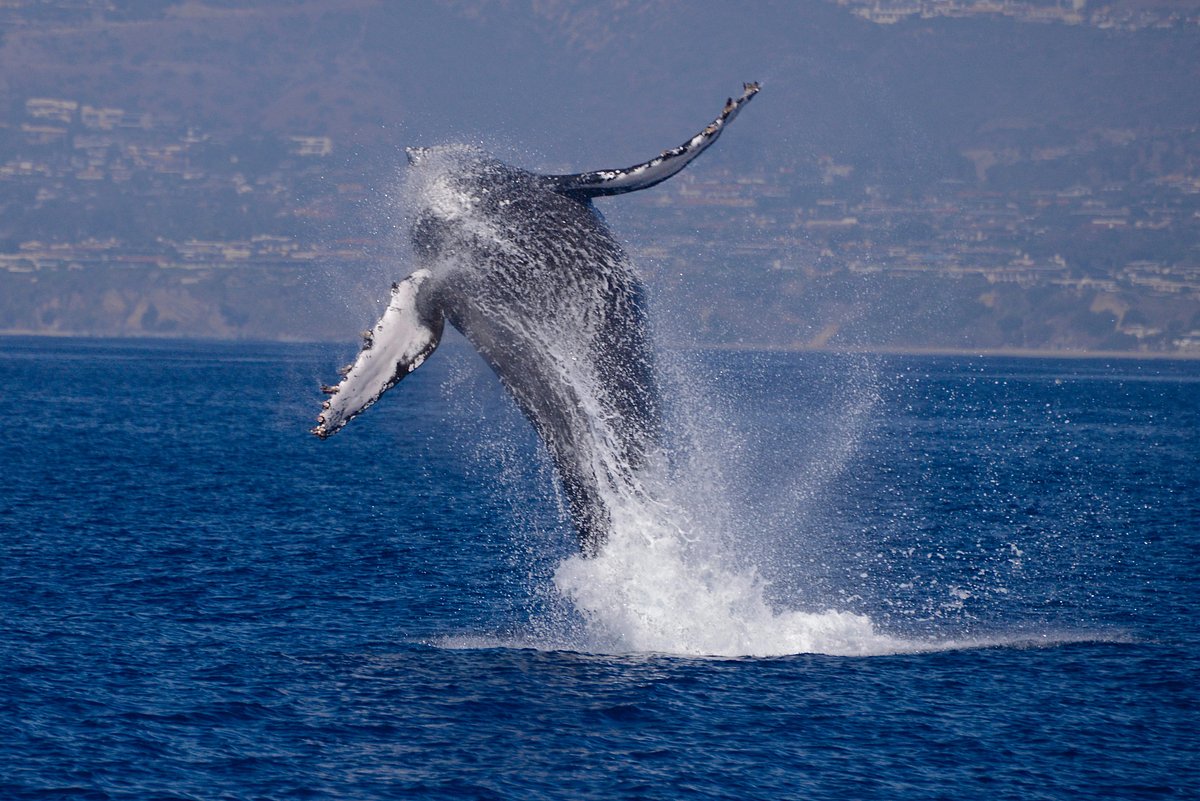How Our Captains Find Whales: Experience, Skill & Tech on the Water

Not Just Luck: How Dana Wharf Finds Whales Daily
Many guests are amazed by how consistently we spot whales. The truth? It’s not luck—it’s decades of local knowledge, trained eyes, modern tools, and a deep passion for marine life.
Dana Wharf captains and naturalists are among the most experienced whale spotters in California, and they use a combination of observation, tech, and collaboration to locate wildlife.
What Do They Use?
-
Spotting Techniques
Captains are trained to watch for subtle signs—blows (spouts), splashes, fluke dives, and even the direction of birds over bait balls. -
Binoculars & Surface Scanning
High-powered binoculars are used constantly to scan the water. Knowing where to look makes all the difference. -
Marine Radios & Network Updates
Dana Wharf crews stay in real-time contact with other boats and observers in the area. If someone spots a pod of whales nearby, we hear about it. -
Historical Knowledge
Our captains know seasonal migratory routes, past hot spots, and even daily rhythms based on ocean currents and food movement. -
Experience
Some of our captains have decades on the water—and have seen thousands of whales. That experience builds a sixth sense for when and where to look.
It’s a Team Effort
Our naturalists and deckhands also play a huge role, scanning the horizon and helping passengers learn how to spot wildlife. With this collaborative approach, every trip becomes a guided search with experts who are genuinely excited to share the ocean with you.
At Dana Wharf, we pride ourselves not just on finding whales—but helping you understand them, connect with them, and leave the tour inspired.


